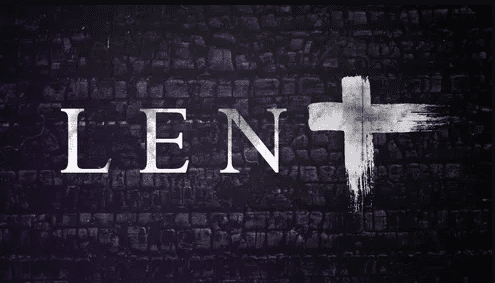The Lenten season is a significant period for Christians. But when does Lent begin this year, and what is it exactly? What do Carnival and fasting have to do with Lent? And did you know that Lent is not 40 but 46 days long? In this overview, you’ll find answers to the most frequently asked questions about Lent.
When does Lent begin?
Lent starts on a different date every year because its beginning depends on the date of Easter. Easter falls on the first Sunday after the first full moon of spring. Consequently, all days related to Easter shift each year with the new date. The Lenten season commences precisely 46 days before Easter Sunday. The first day is always a Wednesday, known as Ash Wednesday. This year, Lent begins on February 14.
What is Ash Wednesday?
Ash Wednesday marks the first day of Lent, falling on February 14 this year. On this day, many Christians have an ash cross drawn on their foreheads. The priest or minister takes ash on the thumb of the right hand and uses it to draw a cross on the foreheads of the faithful. While doing so, the priest or minister recites a text, often a variation of these verses from Genesis 3:19:
You will eat your food by the sweat of your brow until you return to the ground, since from it you were taken: for dust you are, and to dust you will return. (Genesis 3:19 NIV)
Or the directive from Mark 1:15:
“The time has come,” he said. “The kingdom of God has come near. Repent and believe the good news!” (Mark 1:15 NIV)
The ash cross on the forehead is a practice primarily found in the Roman Catholic Church and some Protestant churches. In other churches, such as the Old Catholic Church and the Eastern Orthodox Church, it is customary to sprinkle ash over the heads of the faithful instead of drawing a cross. However, the meaning remains the same, revolving around the symbolism of ash. In Biblical times, sprinkling ash on one’s head symbolised mourning. Furthermore, ash can make the ground fertile again and can have a purifying effect. The ash cross signifies believers’ acknowledgement that they need God and their continuous choice for what is pure and fruitful: the message of Jesus.
What does Lent mean?
For many Christians, Lent is a time of introspection and reflection. Adequate preparation is required to genuinely celebrate the Easter feast. The forty-day period recalls Jesus’s time in the wilderness, being tested by the devil. (Curious? Read about it here in Matthew 4.) During Lent, many Christians undertake something extra. For example, they may read more from the Bible, contribute extra to their community, or choose to abstain from certain luxuries through fasting.
Why is Lent called the fasting period?
Lent is also known as the fasting period because many believers fast during this time. Carnival is celebrated just before Lent, with extravagant festivities and indulgence in all that life has to offer, followed by a period of fasting. Although fasting was often more stringent in the past, many believers still observe fasting during Lent. For instance, they may eat sparingly or abstain from certain foods on specific days or throughout the entire period. Some may even choose to reduce their use of social media for 40 days or abstain from alcohol.
Want to know more about fasting in the time of Jesus? Read more here.
Why does Lent last for 46 days?
Oddly enough, Lent is less than 40 days long. From Ash Wednesday to Easter Sunday, it spans 46 days because the six Sundays are not included. Additionally, if you practice fasting during Lent, Sundays are not required, as they are considered special days for believers and are therefore considered holidays.
What are your plans for Lent this year? Are you still seeking biblical inspiration? We’ve specially developed various reading plans just for you.


